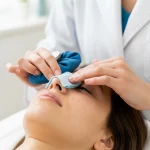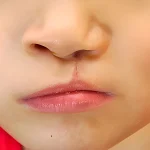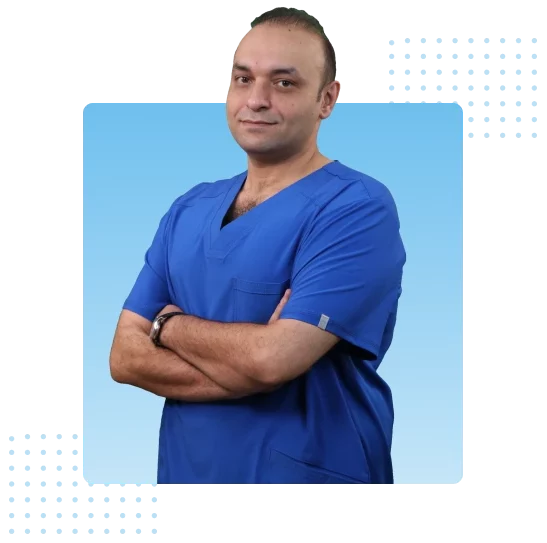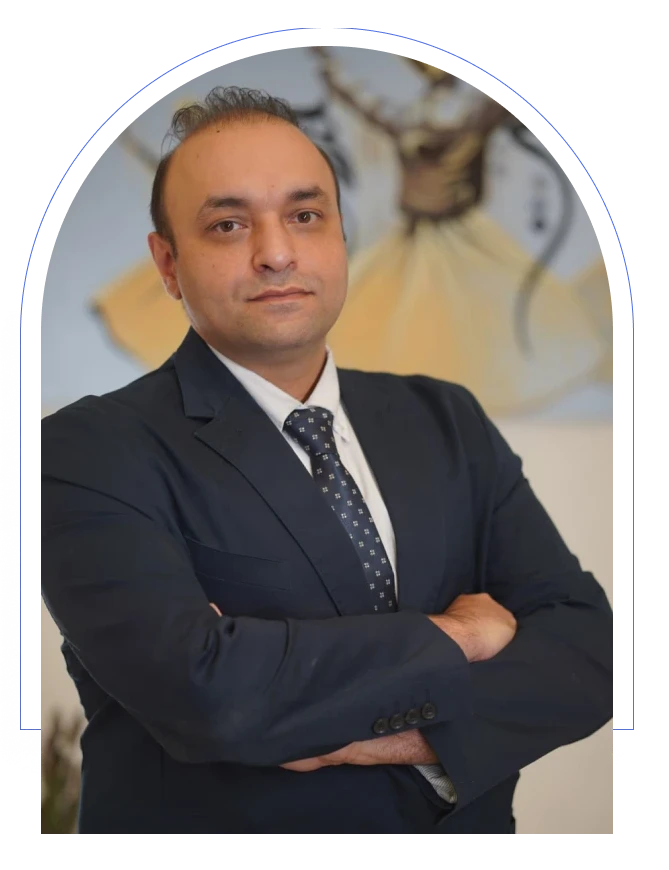Ever found yourself asking, “What is rhinoplasty?” You’re not the only one. At its core, rhinoplasty, commonly known as a “nose job,” is a surgical procedure focused on altering the shape, size, and overall appearance of the nose. But it’s rarely just about the physical change. For many, this procedure is a significant step towards achieving better facial harmony and boosting self-confidence. Whether it’s addressing a bump on the bridge that has bothered you for years, refining a tip you feel is too wide, or correcting an injury, rhinoplasty aims for a natural-looking result that beautifully complements your unique facial features.
This comprehensive guide is designed to walk you through every essential aspect of this transformative procedure. We will dive deep into the goals and benefits, explain the different surgical techniques available, and discuss the various nose types and surgical styles to help you understand your options. We will also cover the crucial steps of choosing the right surgeon and what you need to know about pre- and post-operative care to ensure a smooth journey.
Rhinoplasty at a Glance
Rhinoplasty stands as one of the most sought-after cosmetic surgeries globally, and its popularity is well-earned due to its versatility. The procedure is meticulously tailored to each patient, involving precise modifications to the nasal bone, cartilage, and overlying skin to achieve the desired aesthetic. It can make a nose smaller or more prominent, perfect the angle between the nose and the upper lip, and smooth out any asymmetries. Importantly, the benefits aren’t always just cosmetic; rhinoplasty can also offer significant functional improvements, such as clearing obstructed airways caused by a deviated septum.
| Aspect | Description |
| What is it? | A cosmetic surgery to change the shape and size of the nose. Often called a “nose job.” |
| Primary Goals | To create a nose that is in proportion with the rest of the face and/or to improve breathing. |
| Common Corrections | Removing bumps, straightening the bridge, refining the tip, adjusting nostril width, correcting asymmetry. |
| Functional Benefits | Can correct a deviated septum to improve nasal airflow and breathing. |
| Procedure | Involves modifying the bone, cartilage, and skin of the nose. |
| Customization | Highly individualized; the surgical plan is tailored to each person’s unique facial features and goals. |
| Global Popularity | One of the most frequently performed cosmetic surgery procedures worldwide. |
The Goals of Rhinoplasty Surgery
While the overarching goal of rhinoplasty is to enhance facial harmony, the specific objectives can be broken down into aesthetic and functional categories. The journey begins with a detailed consultation where you and your surgeon will define what a successful outcome looks like for you.
Aesthetic Goals
- Straightening a Crooked Nose: Whether due to genetics or a past injury, a crooked nose can be surgically aligned to create a more symmetric appearance.
- Removing a Dorsal Hump: This is one of the most common requests, involving the smoothing of a noticeable bump on the bridge of the nose.
- Refining the Nasal Tip: A tip that is considered too wide (“bulbous”), droopy, or upturned can be meticulously reshaped for a more defined and balanced look.
- Adjusting Nostril Width: For individuals who feel their nostrils are too wide or flared, rhinoplasty can narrow the nostril base to be more in proportion with other facial features.
- Correcting Asymmetry: No face is perfectly symmetrical, but significant nasal asymmetry can be corrected to bring a greater sense of balance to the face.
- Changing Nose Size: The procedure can reduce the overall size of a nose that feels too dominant or, less commonly, augment a nose that is considered too small.
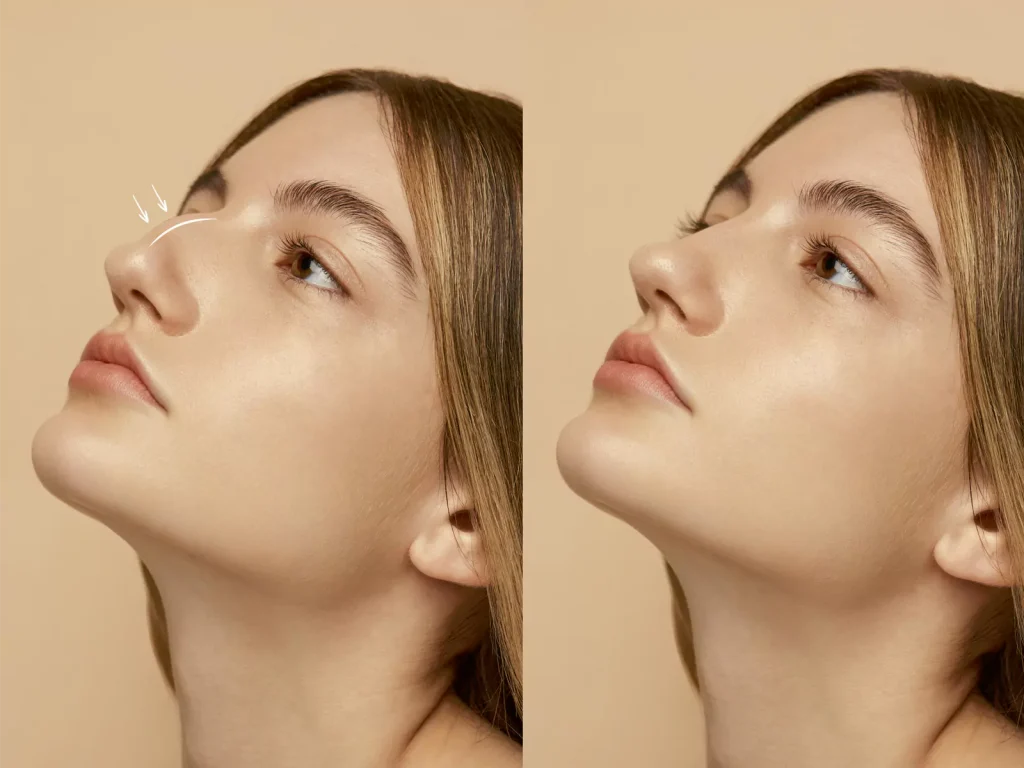
Functional Goals
The main functional objective is to improve breathing. This is often achieved by correcting a deviated septum, a condition where the thin wall of cartilage and bone separating the nasal passages is off-center, obstructing airflow in one or both nostrils. This procedure, known as septoplasty, is frequently combined with cosmetic rhinoplasty.
The Benefits of Rhinoplasty
Deciding to undergo rhinoplasty is a deeply personal choice, and the positive impacts can be life-changing, extending beyond the physical alteration.
- Improved Facial Harmony: This is the cornerstone benefit. A nose that fits seamlessly with your eyes, mouth, and chin can create a more aesthetically pleasing and balanced facial profile.
- Increased Self-Confidence: Feeling good about your appearance can have a ripple effect on your self-esteem. Many patients report feeling less self-conscious and more confident in social and professional settings after their surgery.
- Better Breathing and Sleep: For individuals struggling with structural blockages, the functional improvements can be dramatic. Clearer airways lead to easier breathing, which can, in turn, lead to better sleep quality and reduced snoring.
- Correction of Congenital Deformities: Rhinoplasty can effectively address nasal irregularities that have been present since birth, such as a cleft palate-related nasal deformity.
- Repairing a Broken Nose: The procedure can skillfully restore both the appearance and function of a nose that has been damaged by an injury, even years after the incident occurred.
Types of Rhinoplasty Techniques: Open, Closed
A surgeon’s approach to rhinoplasty falls into one of two categories. The right technique is determined by the complexity of the case, the patient’s anatomy, and the specific changes desired.
Open Rhinoplasty
In the open rhinoplasty technique, the surgeon makes a small incision across the columella (the tissue separating the nostrils), in addition to incisions inside the nose. This allows the surgeon to gently lift the skin, providing an unobstructed view of the underlying nasal structures—the bone and cartilage. This direct visualization offers unparalleled precision, making it the preferred method for complex cases, such as those requiring significant tip work or the placement of cartilage grafts.
Closed Rhinoplasty
In a closed rhinoplasty, all incisions are confined to the inside of the nostrils. The surgeon works through these small, hidden incisions to reshape the bone and cartilage. The primary advantage of this technique is the complete absence of any external scarring. It is generally best suited for patients who require less complex changes, such as the removal of a small dorsal hump or minor tip refinement. Recovery from a closed procedure can sometimes be slightly faster.
Revision Rhinoplasty
Sometimes, the result of a primary nose surgery doesn’t meet a patient’s expectations, or new issues may arise during the healing process. When this happens, a Revision Rhinoplasty is performed. This isn’t just a simple touch-up; it’s a distinct and common type of nasal surgery dedicated to correcting and improving the outcome of a previous rhinoplasty. Also known as secondary (for a second surgery) or tertiary (for a third) rhinoplasty, this procedure addresses both aesthetic and functional problems that were not resolved or were created by the initial operation.
The reasons for seeking a revision are varied. A patient might be unhappy with the aesthetic outcome, feeling that the nose still has a bump, the tip is asymmetrical, too pinched, or lacks definition. In other cases, the issue is functional, such as developing new or worsened breathing difficulties after the first surgery.
What makes revision surgery so challenging is that the surgeon is not starting with a blank canvas. They must work with an altered anatomy that includes scar tissue from the previous operation. This internal scarring can be unpredictable, making the procedure more difficult and the healing process more complex. The original cartilage and bone structure may be weakened or have been overly reduced, often requiring the surgeon to use cartilage grafts (typically from the ear or a rib) to rebuild support and create a stable, aesthetically pleasing shape. Due to these complexities, revision rhinoplasty demands an exceptionally high level of expertise. It requires a surgeon who not only has a deep understanding of nasal anatomy but also possesses the specialized skills and experience needed to navigate these unique challenges and achieve a successful, lasting result.
Nose Types That May Require Rhinoplasty
Every nose is unique, but surgeons often classify them into broad categories based on skin thickness and the underlying structure to develop the best surgical plan. Persian surgeons frequently use descriptive terms like “bony” and “fleshy,” which correspond to how Western surgeons describe different nose types.
۱. The “Bony” or Thin-Skinned Nose
This nose type is characterized by thin skin that clearly reveals the underlying bone and cartilage framework. These noses often feature a high bridge or a prominent dorsal hump. While the thin skin allows for surgical refinements to be highly visible, it also means there is little room for error, as even minor irregularities can be noticeable. The upside is that swelling tends to resolve more quickly in these patients.
۲. The “Fleshy” or Thick-Skinned Nose
A “fleshy” nose typically has thicker skin, weaker underlying cartilage, and often a wider, less defined tip (bulbous tip). The surgical challenge here is that the thick skin can act like a heavy blanket, masking the detailed sculpting done on the cartilage underneath. To create definition, surgeons often need to strengthen the nasal framework using cartilage grafts. Patients with this nose type may experience more prolonged swelling, and the final result can take longer to fully emerge.
۳. The “Semi-Fleshy” or Combination Nose
This common nose type is a hybrid, exhibiting characteristics of both “bony” and “fleshy” noses. For instance, the upper bridge might be bony and defined, while the lower part and tip are covered by thicker skin and are less defined. The surgical approach must be customized, addressing each part of the nose with the appropriate technique to create a harmonious and balanced result.
Rhinoplasty Styles: Which One is Right for You?
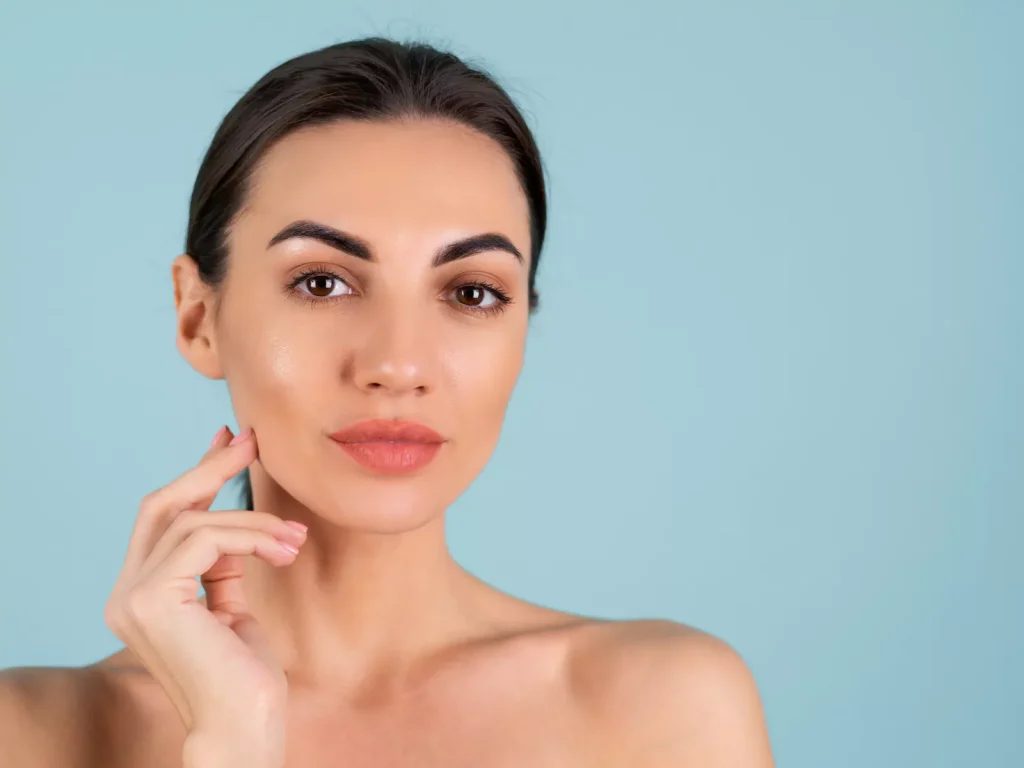
The artistic component of rhinoplasty lies in choosing a style that fits your face. Gone are the days of the “one-size-fits-all” nose. Today’s goal is a custom result that looks like you were born with it.
The Natural Look
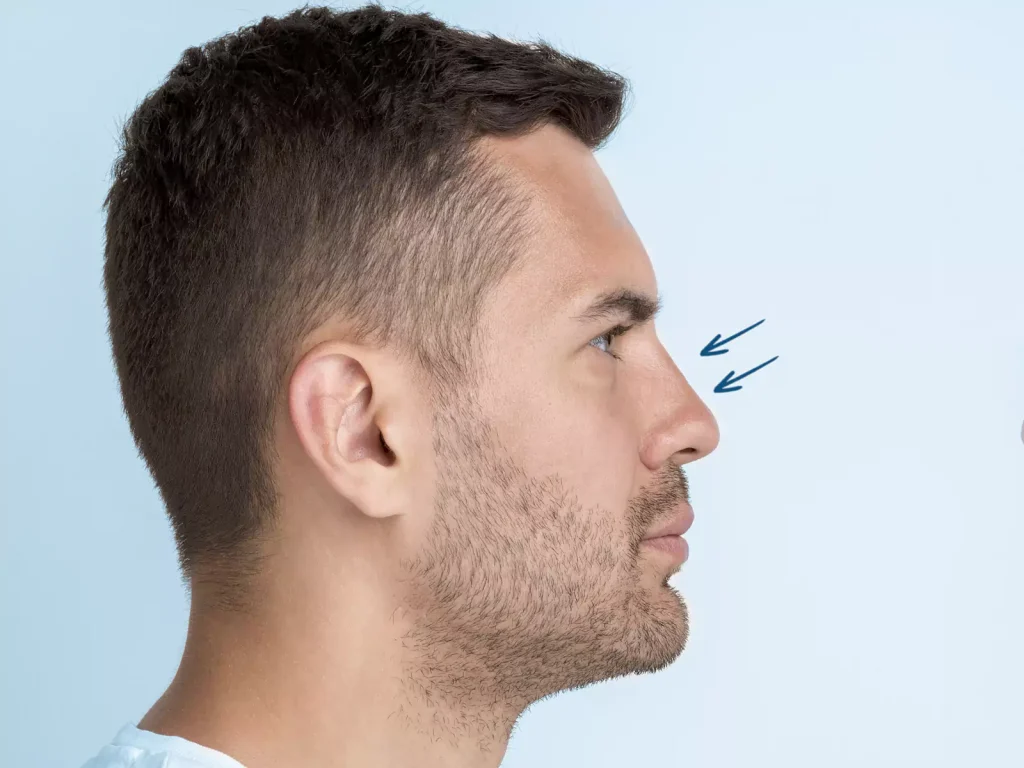
This is the gold standard and the most requested style. The objective is to make subtle yet meaningful improvements that enhance the nose’s appearance without any obvious signs of surgery. This style typically involves a straight bridge and a well-defined tip that is in natural proportion to the face. It is a timeless choice suitable for nearly everyone.
The “Dolly” or Fantasy Nose
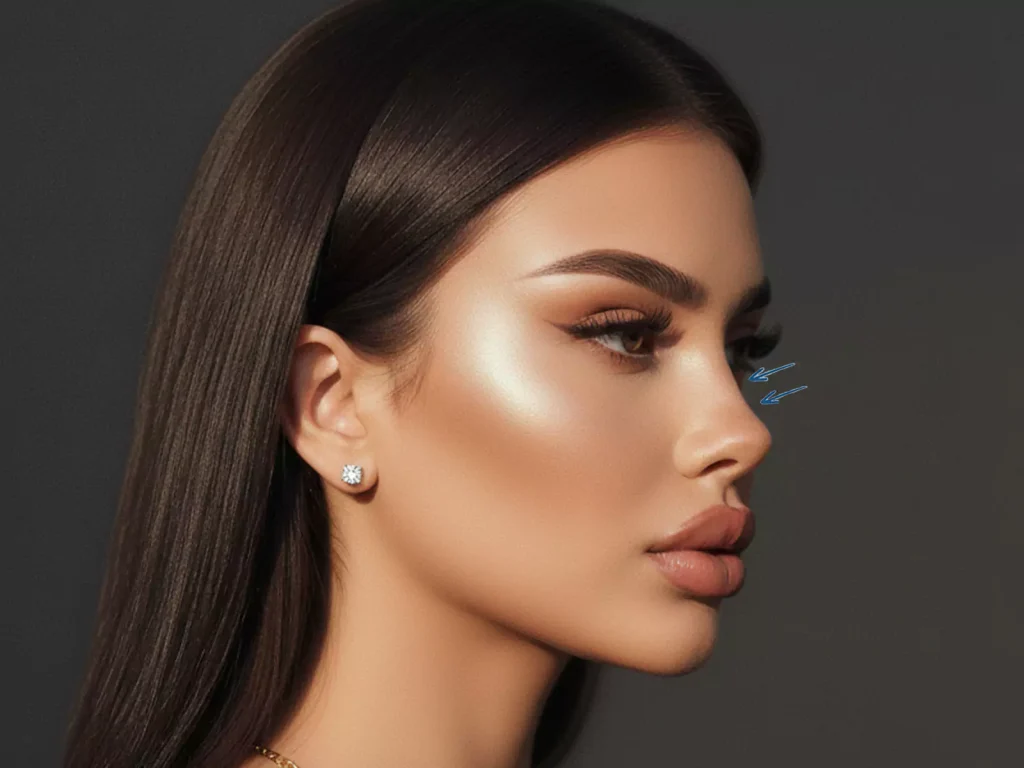
A more stylized and less common choice, the “dolly” nose (a term popular in Persian cosmetic circles) is characterized by a more scooped or curved bridge and a noticeably upturned, petite tip. This can be a striking look on the right person, but it does not suit all facial structures and can sometimes look artificial if not executed perfectly.
The “Semi-Dolly” or Refined Nose
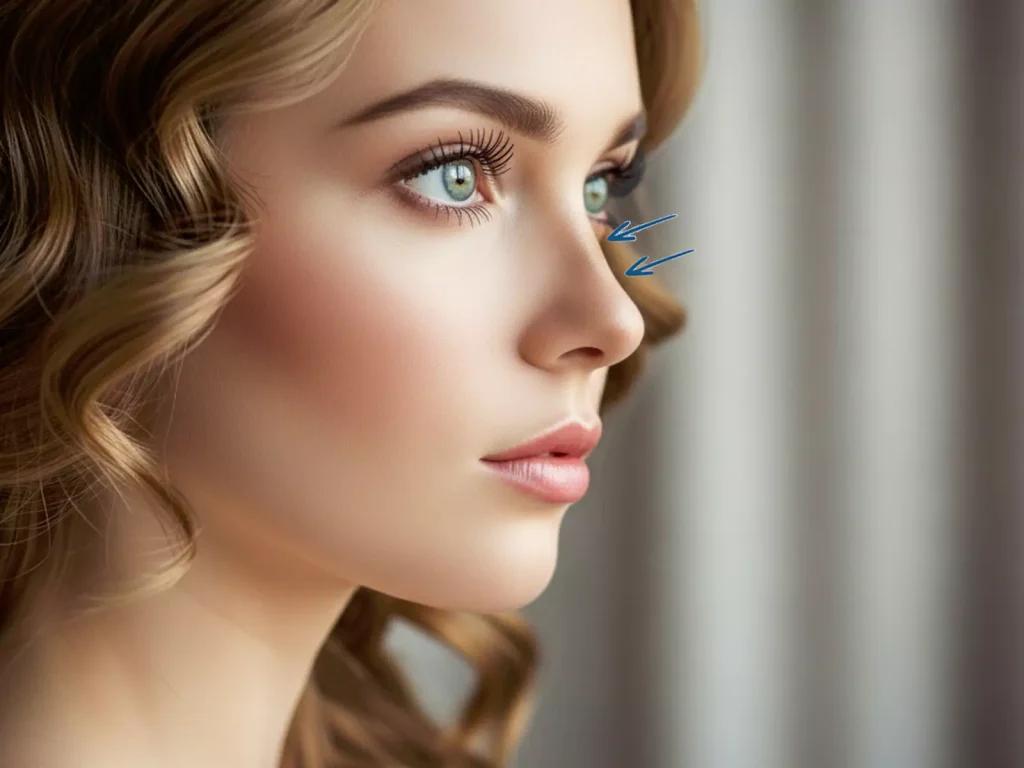
This style bridges the gap between the natural and dolly looks. It features a gentle, elegant curve to the bridge and a tip that has a soft, upward rotation. It offers a more visible “after” result than the purely natural style but remains sophisticated and avoids looking overdone.
Criteria for Choosing a Rhinoplasty Surgeon
Selecting your surgeon is the single most important decision you will make in your rhinoplasty journey. Your outcome depends heavily on their skill, experience, and artistic eye. Here are key criteria to consider:
- Board Certification: Ensure your surgeon is board-certified in a relevant specialty, such as Plastic Surgery or Otolaryngology (Facial Plastic Surgery). This certification indicates they have undergone rigorous training and passed comprehensive exams.
- Specialization in Rhinoplasty: Look for a surgeon who specializes in rhinoplasty. It is a complex procedure that requires dedicated expertise. Ask how many nose surgeries they perform each month or year.
- Extensive Before-and-After Gallery: A reputable surgeon will have a large portfolio of their work. Review their photos, looking for patients who had similar starting noses and concerns to yours. Pay attention to the consistency and naturalness of their results.
- Honest and Thorough Consultation: A great surgeon will listen carefully to your goals, perform a detailed examination of your nose, and explain what is realistically achievable. They should also discuss the risks and limitations of the surgery.
- Patient Reviews and Testimonials: Read what previous patients have to say about their experience with the surgeon and their staff. This can provide valuable insight into their bedside manner, professionalism, and the quality of their results.
Take the Next Step with an Expert Surgeon
Choosing the right surgeon is the most critical step in your rhinoplasty journey. If you are considering rhinoplasty in Iran, we recommend a consultation with Dr. Armin Akbari, who is recognized as one of the leading cosmetic surgeons and ENT (Ear, Nose, and Throat) specialists in the country.
With a deep commitment to patient satisfaction and natural-looking results, Dr. Akbari brings a wealth of experience and distinguished credentials to his practice.
- Board-Certified from Tehran University: A testament to his rigorous training and expertise in the field.
- Member of the Iranian Society of Rhinoplasty and Facial Plastic Surgeons: Demonstrating his dedication to the highest standards in his specialty.
- A Record of Over 10,000 Successful Surgeries: Highlighting his vast experience and the trust thousands of patients have placed in him.
Ready to discuss your goals? To connect with Dr. Armin Akbari and his team, please fill out the contact form below. We will get in touch with you as soon as possible to schedule your consultation.
Pre- and Post-Operative Care for Rhinoplasty
Your adherence to pre- and post-operative instructions is critical for a safe procedure and a smooth recovery.
Before Nose Surgery:
- Medical Evaluation: You will undergo a full medical evaluation to ensure you are healthy enough for surgery.
- Avoid Certain Medications: You will be asked to stop taking blood-thinning medications and supplements, such as aspirin, ibuprofen, and vitamin E, for about two weeks before surgery to reduce the risk of bleeding.
- Stop Smoking: Smoking significantly impairs healing. Your surgeon will require you to stop smoking for several weeks before and after the procedure.
- Arrange for Help: Plan for someone to drive you home after surgery and to help you for the first 24-48 hours.
After Nose Surgery:
- Rest and Elevate: Rest with your head elevated on two or three pillows to help minimize swelling.
- Use Cold Compresses: Applying cold compresses to your cheeks and eyes (not directly on the nose) can help reduce swelling and bruising.
- Follow Medication Instructions: Take any prescribed antibiotics and pain medication exactly as directed.
- Avoid Strenuous Activity: You must avoid exercise, heavy lifting, and any activity that could result in your nose being bumped for several weeks.
- Attend Follow-up Appointments: These appointments are crucial for your surgeon to monitor your healing progress and remove any splints or sutures.
Conclusion
Rhinoplasty is a unique blend of science and art, a procedure with the power to significantly enhance both your appearance and your well-being. By thoroughly understanding the different techniques, nose types, surgical styles, and the importance of selecting an expert surgeon, you empower yourself to make an informed decision. A successful outcome is built on a foundation of realistic expectations, clear communication with your surgeon, and a commitment to following through with proper pre- and post-operative care. The ultimate goal is a result that brings you joy and confidence for years to come.
Frequently Asked Questions (FAQ)
You will be under general anesthesia during the surgery and will not feel any pain. Post-surgery, there will be discomfort, pressure, swelling, and bruising. This is well-managed with the pain medication your surgeon prescribes. Most patients describe the feeling as stuffiness and pressure rather than sharp pain.
The initial recovery phase, where you will wear a splint, lasts about one week. Most patients feel comfortable returning to work or school within 10 to 14 days, though some bruising and swelling will still be present. Strenuous activities should be avoided for at least 4-6 weeks.
In a closed rhinoplasty, there are no visible scars at all. In an open rhinoplasty, there is a very small incision on the columella. When performed by a skilled surgeon, this incision heals remarkably well and typically becomes virtually invisible over time.
You will see a significant change as soon as the splint is removed after the first week. However, this is not the final result. It can take a full 12 to 18 months for all the residual swelling, especially in the nasal tip, to completely resolve and for the final, refined shape of your nose to be fully apparent.
Start by researching board-certified plastic surgeons or facial plastic surgeons who specialize in rhinoplasty. Carefully review their before-and-after photos to see if their aesthetic style aligns with your goals. Schedule a few consultations to find a surgeon you trust and with whom you can communicate openly and effectively. A good surgeon will make you feel informed and confident in your decision.
